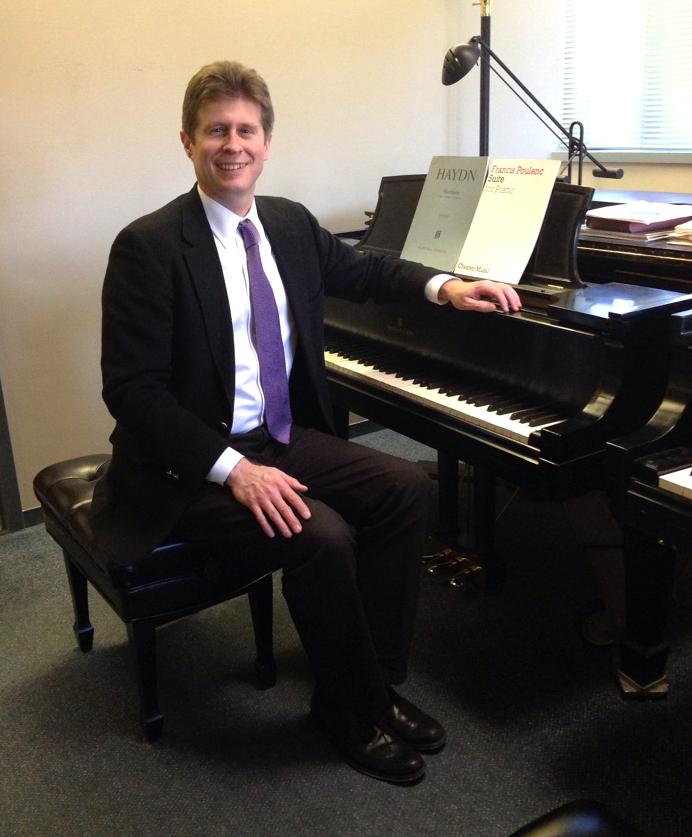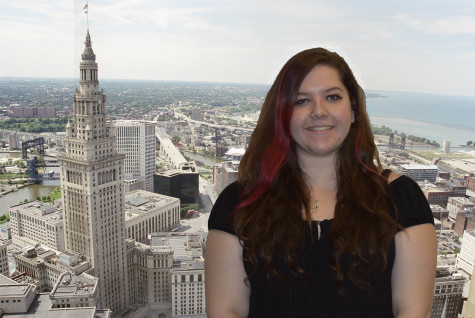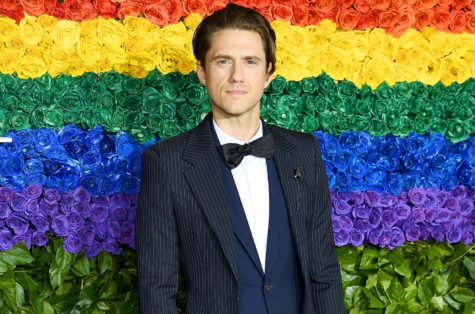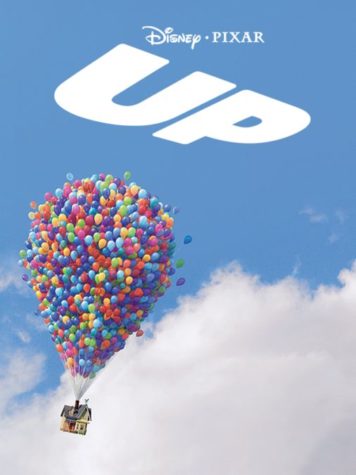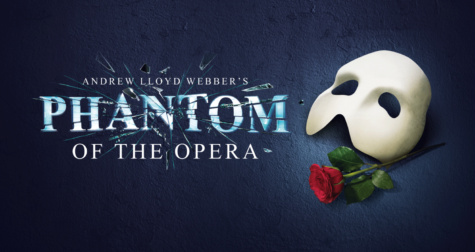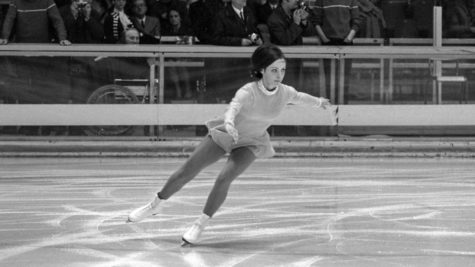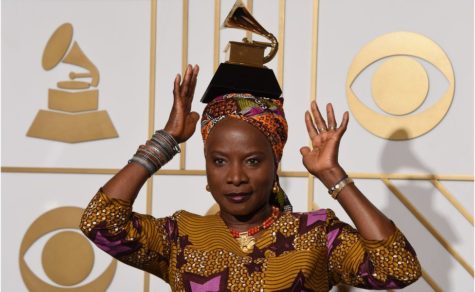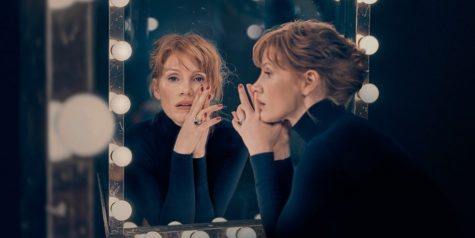Recital features classical era pieces
Nathan Hess, D.M.A, chair of the Music Department and assistant professor of Piano.
March 1, 2016
Nathan Hess, D.M.A., will perform a recital on Thursday, March 3, at 8 p.m. in the Walker Recital Hall. The concert will feature works by Mozart, Schubert and Haydn.
Hess is the chair of the Music Department and assistant professor of Piano at Mercyhurst University. He will perform two solo works, “Fantasie in C Major, H. XVII/4” by Haydn and “Sonata in B-flat Major, K. 333” by Mozart.
Hess, together with the Rev. Sean Duggan, who is associate professor of Piano at SUNY Fredonia, will perform two pieces written for four hands.
The pieces they are playing together are “Sonata in D Major, K. 381” by Mozart and “Fantasie in F Minor, D. 940” by Schubert.
Duggan, OSB, pianist, is a monk of St. Joseph Abbey in Covington, LA. He has a special affinity for the music of Bach.
In 2000, he performed the complete cycle of Bach’s keyboard works eight times in various American and European cities.
For seven years he hosted a weekly program on the New Orleans NPR station titled “Bach on Sunday.”
He is currently in the process of recording the complete list of Bach’s piano music which will comprise 24 CDs.
He received his music degrees from Loyola University in New Orleans and Carnegie Mellon University and received a master’s degree in theology from Notre Dame Seminary in New Orleans.
Hess has been playing the piano for the majority of his life.
He almost went into the medical field as a career choice because he enjoyed biology; however, once he built up his confidence in his piano skills during his senior year of high school, he decided that building and honing his skill on the piano was worth the time and effort to create and enjoy a successful career in music.
He said he could not see himself having a career outside of music since that is where his passion lies.
“I enjoyed it and stuck with it; I worked hard and enjoyed the process. One needs all of these things to make a career out of music, especially in today’s world. To make your career solely as a classical music performer is something that only a very small percentage of musicians achieve.
“Thankfully I love teaching and combine that with performing in the university setting,” Hess said.
His mother encouraged him and his siblings to play the piano at a very young age.
Hess’s grandmother was a piano teacher and she taught Hess’s mother to play, who in turn wanted her children to have that opportunity.
Compared to his siblings, Hess happened to take to the piano the most. His playing progressed rapidly, and he was successful in several competitions.
He wanted to be a university piano professor ever since he decided to pursue a career in music, so he set his goals early and worked hard towards achieving those goals through the completion of his masters and doctoral degrees.
“I decided to become a professor because I was inspired by my own professors in undergraduate and graduate school. They were such wonderful role models,” said Hess.
“I enjoy the process of working through pianistic obstacles with students. I enjoy watching a student progress over four years, to the point where they become self-sufficient and can figure things out by themselves by the time they’ve graduated.”
Among the reasons he chose to work at Mercyhurst are because he loves the small department setting and the opportunities to mentor students.
A few of Hess’s future goals include recording a solo CD in the near future, continuing to hone and refine his teaching and expanding his solo repertoire to include more living American composers’ works.
Hess chose this program because these are a few of his favorite pieces by some of his favorite classical composers: Haydn, Mozart and Schubert.
The Haydn piece is the opener for the recital and is a fairly short work.
As for the Mozart Sonata, the first movement is written in traditional Sonata Allegro form with the standard exposition, development and recapitulation.
In the second movement, the Andante cantabile sounds like it is an aria from one of his operas, and it is a very beautiful movement with daring harmonies.
The third movement, Allegretto grazioso, is very light-hearted and very dance-like with a concerto influence found at the very end of the movement.
Mozart inserts a cadenza, which is a separate section having a very improvisational character.
This is odd considering it is already a solo piece. It sounds like it was made up on the spot, however, he actually notated it into the piece.
The end of the cadenza flows seamlessly back into the last statement of the theme.
This cadenza is one of the main reasons why Hess loves this piece so much and why he has chosen to perform it.
The recital is free and open to the public and is not one to miss, so come and enjoy a recital that is comprised of classical era pieces.

